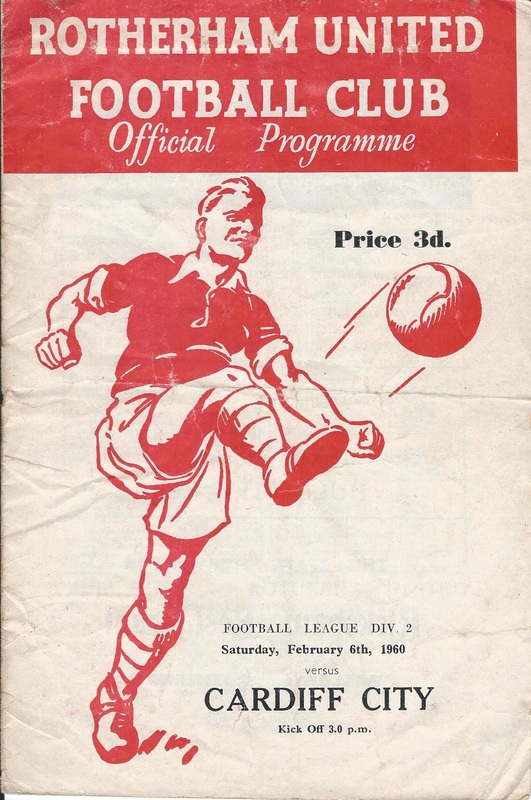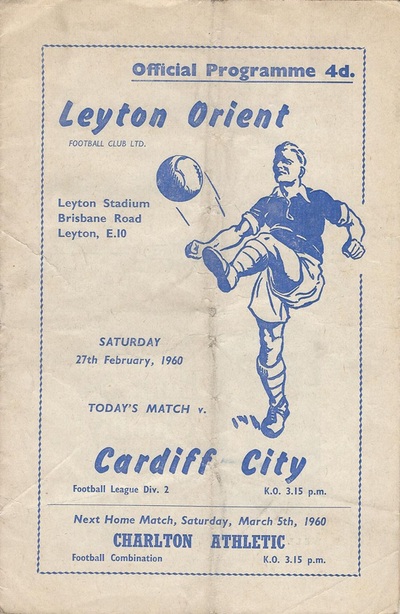The 1959–60 season was Colchester United's 18th season in their history and their tenth season in the third tier of English football, the Third Division. Alongside competing in the Third Division, the club also participated in the FA Cup, with Colchester being knocked out by league rivals Queens Park Rangers in the first round. Colchester ended the season in ninth place in the Third Division.
Season overview
Colchester's first game under floodlights at Layer Road was on 24 August 1959 when 9,689 watched the 2–2 draw with Grimsby Town. The ground became somewhat of a fortress, losing only twice throughout the campaign. However, Colchester struggled on their travels, earning just three wins. The mixed form led to a ninth position finish in the Third Division table.
The most notable bonus for the season was Martyn King's completion of national service meaning he was available for every game. Playing in 40 matches, forward King equalled Kevin McCurley's club record of 30 Football League goals in a season which included a trio of hat-tricks.
Players
- As of match played 30 April 1960.
Transfers
In
Out
Match details
Third Division
Results round by round
League table
Matches
FA Cup
Squad statistics
Appearances and goals
Goalscorers
Clean sheets
Number of games goalkeepers kept a clean sheet.
Player debuts
Players making their first-team Colchester United debut in a fully competitive match.
See also
- List of Colchester United F.C. seasons
References
General
Books
- Whitehead, Jeff; Drury, Kevin (2008). The Who's Who of Colchester United: The Layer Road Years. Derby: Breedon Books. ISBN 978-1-85983-629-3.
- Ambrosen, Tony (1993). Amber in the Blood: A History Of Newport County. Uxbridge: Yore Publications. ISBN 978-1-874427-40-7.
- Kent, Jeff (1990). The Valiants' Years: The Story of Port Vale. Stafford: Witan Books. ISBN 0-9508981-4-7.
- White, Eric (1989). 100 Years of Brentford. Redditch: Oldfield Press. ISBN 0951526200.
Websites
- "Colchester United football club match record: 1960". 11v11.com. Retrieved 27 March 2016.
Specific




